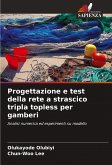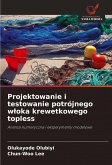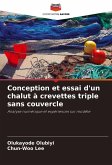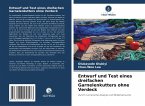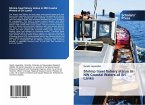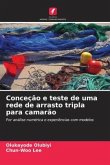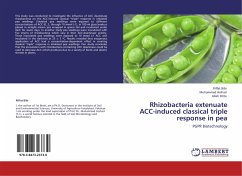A traditional bottom trawl was simulated with Marine Production System Laboratory (MPSL) simulation software while its 1:20 scaled model was tested based on Tauti's law in the flume tank at Pukyong National University. The top panel in the model (square and first belly) which represents 22.5% of the total twine area was removed, and the topless model re- tested in the flume tank. The measured drag of the covered trawl was higher than the topless by 27%, 19% and 9% at the converted speed of 1.0,1.25, and 1.5 m/s respectively. The simulated drags of the covered and the topless trawl models showed a very close range, but the covered trawl drag was higher by 6%, 5% and 2% at towing speed of 1.0, 1.25, and 1.5 m/s respectively.The simulated triple topless trawl was compared with twin and single trawl with the same total twine area. The triple trawl swept volume was 25% more than the twin trawl, and 36% more than single trawl at 1.0 m/s. As the speed increases, the differences in the swept volume reduce. The triple topless trawl met the goal of wider horizontal spread. We expect the triple topless shrimp trawl will assist to minimize bycatch, and optimize trawling power.
Bitte wählen Sie Ihr Anliegen aus.
Rechnungen
Retourenschein anfordern
Bestellstatus
Storno


